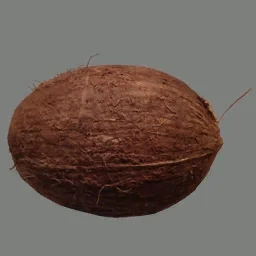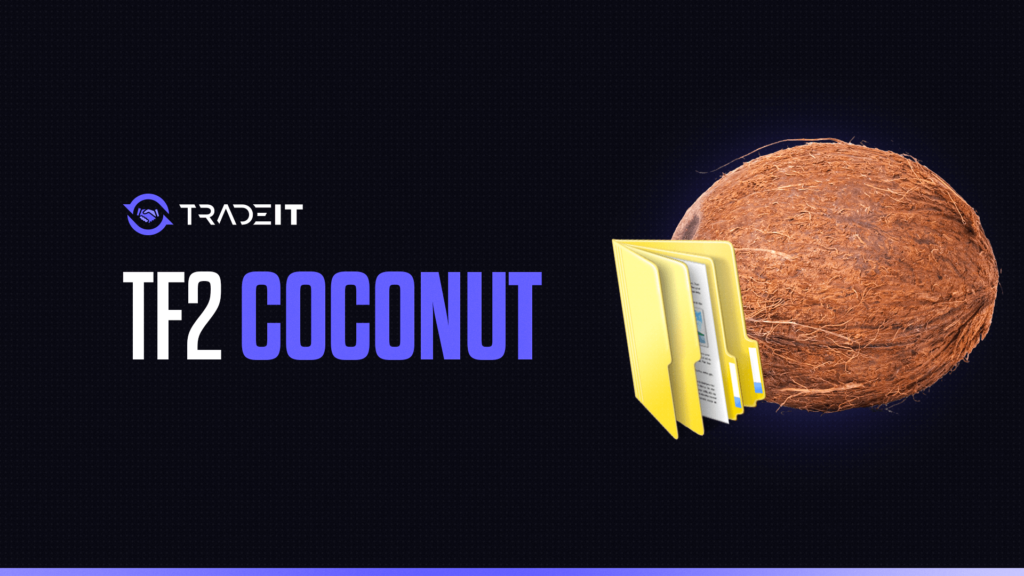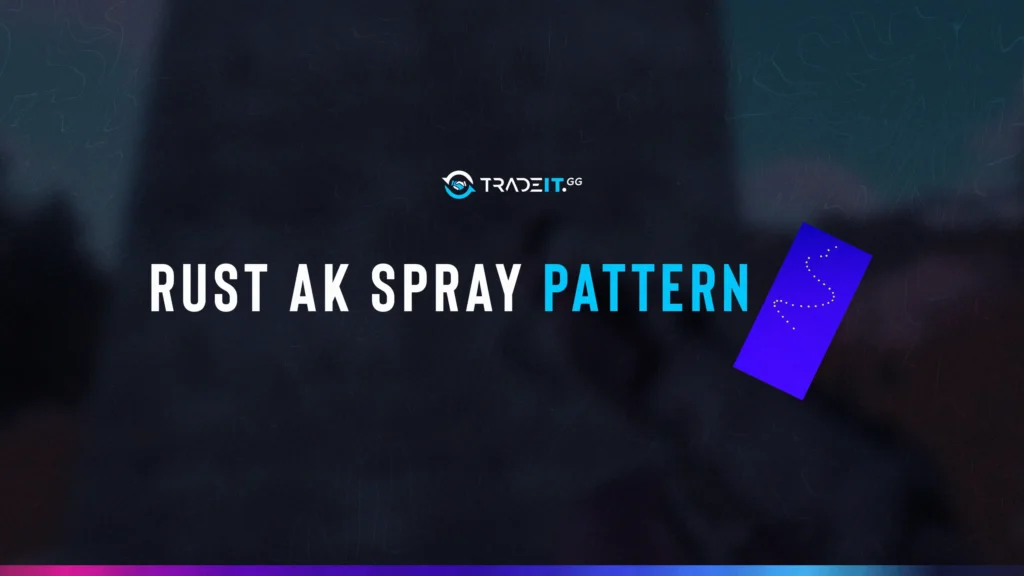As a long-time TF2 player, I love exploring every odd and hidden aspect of the game. One of the strangest finds? A “coconut” file buried in the game’s directories. If you’re deep-diving into the TF2 files, you might come across this too, and it probably raises a lot of questions. Here’s what I found out and why it’s become such a funny piece of TF2 lore.
The Coconut File: What Is It?

If you’re poking around in TF2’s game files, you’ll find a file called “coconut.vtf” inside the “materials/effects” folder. Now, seeing “coconut” in a game that has no tropical fruit whatsoever is confusing.
For those unfamiliar, a .vtf file stands for Valve Texture File, used specifically in the Source engine for textures.
I opened it using VTFEdit (handy tool if you want to look at Source textures), and sure enough, it’s a realistic-looking image of a coconut. Weird, right? What’s a coconut doing in TF2?
Also Check: All About TF2 Demoman
Rumor Time: “Deleting the Coconut Crashes TF2”
There’s this fun rumor in the TF2 community that deleting the coconut file will crash the game. I’ll admit, I was curious. So, I decided to try it myself. I backed up the file (because I like to play it safe), then deleted “coconut.vtf” and launched TF2.
And…nothing happened. The game loaded as usual. So, as cool as the myth sounds, TF2 runs just fine without it. But why does it exist in the first place?
The Backstory
Turns out, the coconut file dates back to TF2’s “Love & War” update in 2014. This update introduced several new taunts, including the “Fresh Brewed Victory” taunt, where the Soldier sips coffee from a mug.
Here’s the twist: the coffee beans used in the particle effects were originally going to be represented by this coconut texture! It seems that Valve initially used the coconut as a placeholder texture, or maybe even a fun Easter egg, but ultimately didn’t end up using it in the final version of the taunt.
So, instead of being deleted, this coconut file just kind of hung around in the game files as an unused texture. And that’s how we got a random coconut file sitting in TF2.
Also Check: TF2 Custom Hitsound Guide
Why Didn’t They Remove It?
Unused files aren’t unusual in games, especially ones as old and heavily updated as TF2. Developers sometimes leave assets in the game to avoid accidentally messing with other parts of the code. In this case, the coconut file is harmless.
Deleting it doesn’t seem to impact anything, but it also doesn’t help much either. So, Valve likely figured it was safer to leave it there than to risk removing it and potentially breaking something.
Community Reactions and Fun Myths
This coconut file has become a funny little legend in the TF2 community. Some players joke about it being the “secret ingredient” keeping TF2’s code intact, while others like to pretend it’s some hidden Easter egg with a purpose that nobody has discovered yet.
But, from my digging, it’s just an unused texture that Valve forgot to delete or chose to leave alone.
Also Check: All TF2 Characters
Wrapping It Up
So, there you have it—the “coconut” in TF2 is just a quirky leftover from the development process. It’s a harmless little artifact that reminds us of how many odd details go into making games like TF2. And honestly, it’s the weird stuff like this that makes exploring game files so much fun.
So next time you’re sifting through TF2’s files, remember: sometimes, a coconut is just a coconut.
Frequently Asked Questions
Yes, there’s a file named “coconut.vtf” in Team Fortress 2’s game files. It’s an unused texture that doesn’t impact gameplay.
To locate the coconut image, navigate to the “tf2_textures_dir.vpk” file within the “tf” folder of your TF2 installation directory. Use a tool like GCFScape to open this VPK file and find “coconut.vtf” in the “materials/effects” directory.
The “load-bearing coconut” is a community joke. Deleting the coconut file doesn’t cause the game to crash; it’s simply an unused asset.
To access TF2’s files, go to your Steam installation directory, then navigate to “steamapps\common\Team Fortress 2\tf”. This “tf” folder contains the game’s core files.






